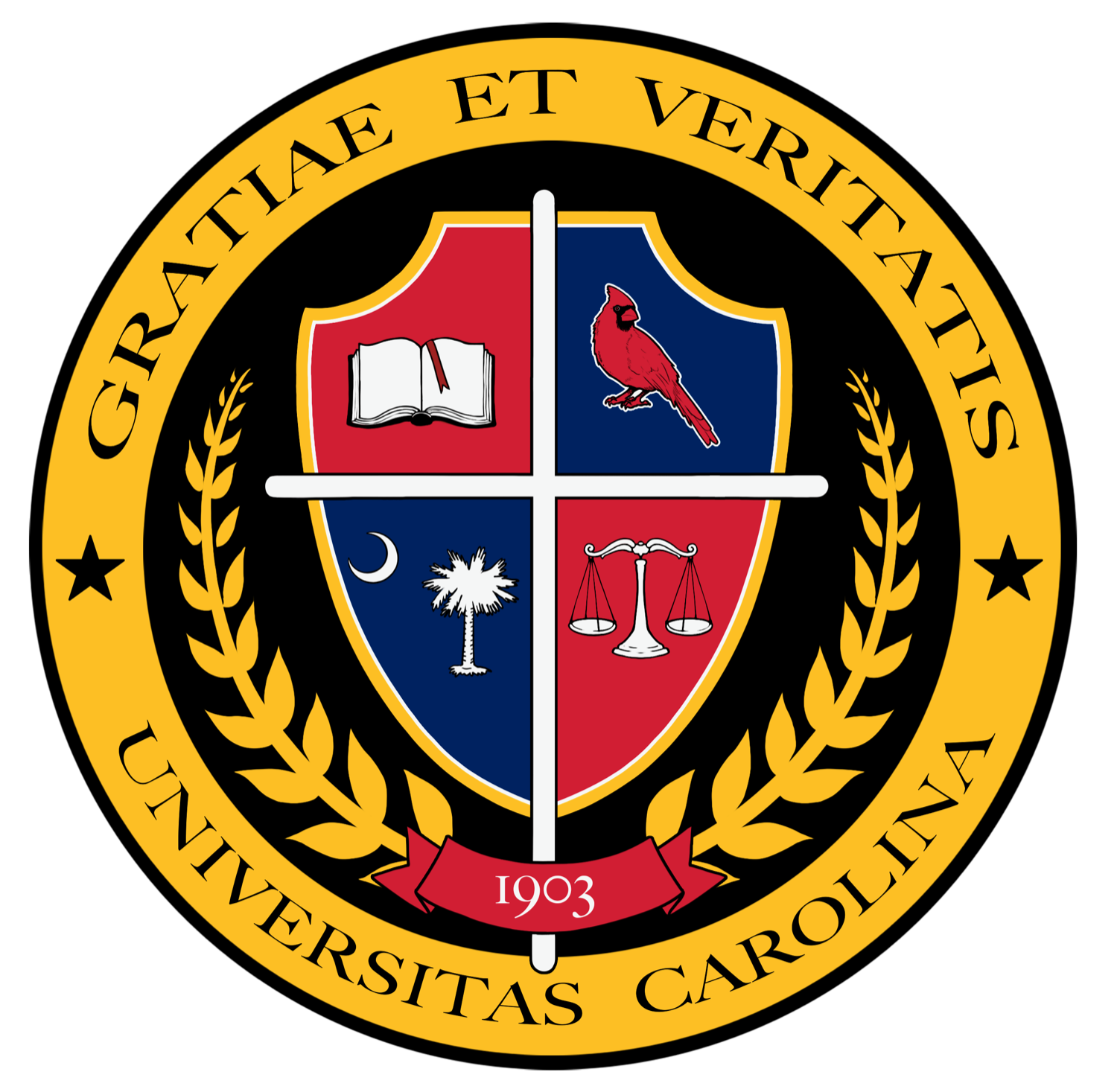Dr. Amanda Martyn
Assistant Professor of Biology
Public Health Program Director
School of Arts and Sciences
I often introduce public health as having an “uncommon culture”. It takes a village, as they say. Public Health is one of few fields where politicians and lawmakers, scientists, population specialists, mathematicians, engineers, counsellors and medical professionals, to name a few, come together with a common mission: to improve the health of the population.
Take vaccination efforts during the COVID-19 pandemic as an example. As much as we care to admit it, this pandemic is far from over and continues to be on the top of the list of public health concerns. According to Our World in Data, in the United States alone, less than 50% of the population is fully vaccinated. One would think that 50% is pretty good considering where we came from a year ago with no vaccine options in sight. However, vaccine administration rates in the U.S.A. are slowing every day, suggesting that less individuals are choosing to vaccinate. Why is this important?
Alpha, Beta, Delta, Sigma, Gamma. These are words of concern not because they are letters of the Greek alphabet but because they refer to the SARS-CoV-2 virus variants. And there are more. Zeta, Zappa, Iota, Epsilon, to name a few. Why are there so many? The simple fact is that viruses (and organisms) mutate. The replication process of genetic material (DNA, RNA) is not perfect. Even in ideal conditions, the molecular machinery involved in replication in any cell makes mistakes that are not always caught by proofreading activity (also a part of the replication process). Coronaviruses, specifically, have the ability to evade proofreading, producing higher than normal errors (mutations) in their genetic code over subsequent replication events (Robson et al. 2020), resulting in small variations in the virus that could ultimately lead to a more virulent (contagious), more severe, more deadly virus. These are known as variants.
But here’s the thing: A virus needs a host in order to replicate. It piggy-backs off of a host organism’s replication mechanism, meaning, it uses the molecular tools in the host cell that it attacks to replicate itself. One virus-infected cell can produce hundreds to thousands of viruses (Lu 2020). In an unvaccinated population, a single case of COVID-19 can result in one million infected individuals in just two months (Bar-On et al. 2020). More host organisms means more host cells to replicate in, which means more total replication events. And more replication events means more room for replication errors. While many of the errors are undetectable, as they may become less virulent or altogether inactive, some of those errors result in what are termed “variants of concern” (CDC 2021) because they are highly contagious and/or produce more severe symptoms in the host organism (humans).
Current data shows that the three FDA-approved vaccines in the United States (Pfizer-BioNTech, Moderna, Johnson & Johnson) range in efficacy from 76% – 95%, with 86% – 96% efficacy against severe disease and hospitalization (Katella 2021). These data support the notion that these COVID-19 vaccines reduce the number of replication events the virus undergoes, which substantially reduces the number of potential replication errors it could make.
The takeaway from all of the above is this: The more people within the population that get vaccinated, the less likely the virus is to mutate and create more deadly variants. It potentially only takes one replication error to bypass the mechanism used by the vaccines to prevent infection, rendering them ineffective in the future. From a public health perspective, it is imperative that if we ever want to see the end of the COVID-19 pandemic, we must do our part and get vaccinated to protect ourselves, but more importantly, protect those who can not be vaccinated, whether it be due to age, health conditions, or inaccessibility.
While for many this information may seem difficult to understand, and even more difficult to identify where to start in the combat against COVID-19, including resource allocation and physical effort, our public health and biology students will obtain the historical and practical knowledge and tools to be able to comprehend, communicate and apply the scientific information at the individual and population levels and contribute to the field of interdisciplinary science so that they may be the next generation of specialists in the next global health crisis.
References:
Our World In Data. University of Oxford. https://ourworldindata.org/covid-vaccinations?country=USA
Robson F, Khan KS, Le TK, Paris C, Demirbag S, Barfuss P, Rocchi P, Ng W-L. (2020). Coronavirus RNA Proofreading: Molecular Basis and Therapeutic Targeting. Mol Cell 79: 710-729.
Lu J. (2020). How Coronaviruses Replicate Inside You. Los Angeles Times. https://www.latimes.com/projects/how-coronavirus-invade-cells-replicates/
Bar-On YM, Flamholz A, Phillips R, Milo R. (2020). SARS-CoV-2 (COVID-19) by the numbers. eLife 9: e57309. doi: 10.7554/eLife.57309.
SARS-CoV-2 Variant Classifications and Definitions. (2021). Center of Disease Control. https://www.cdc.gov/coronavirus/2019-ncov/variants/variant-info.html
Katella K. (2021). Comparing the COVID-19 Vaccines: How Are They Different? Yale Medicine. https://www.yalemedicine.org/news/covid-19-vaccine-comparison


One Response
Thank you Dr. Martyn for this clear and well-documented explanation of the COVID variants form and the benefits of vaccination for us all.